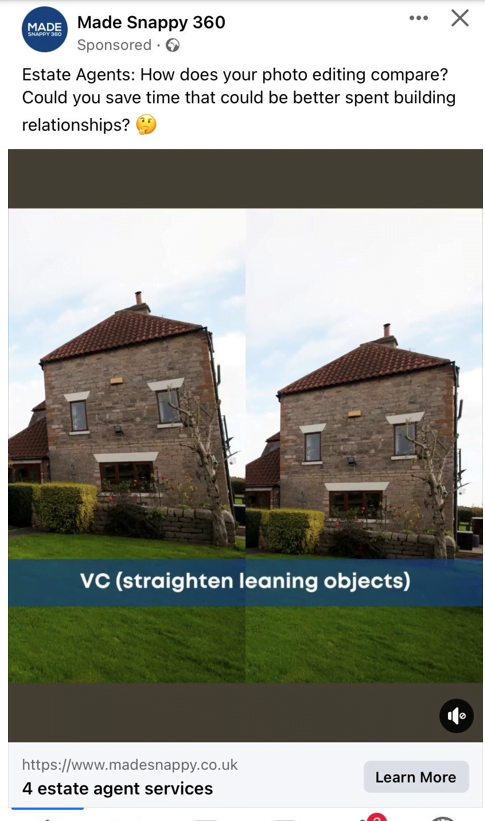Manipulation of pictures.
A picture says 1000 words.
As part of our desktop research, we always look at the agent’s pictures and floor plans before arrival. This gives us a good idea of what the property condition is like and what we need to look for. With returning clients who have sat through one of our feedbacks and understand the terminology. We will look at these pictures prior to them making an offer to give some feedback on potential issues. This is so that a property with significant issues, such as missing chimney breast or severe structural movement can be avoided.
There is no charge for this, as we want our clients to get the property that is right for them. As our reviews also show this. “Even before they conducted the survey they checked the history of the property, issues and concerns – this helped me decide, before paying any money out, that a property was unsatisfactory. This led to finding the (almost) perfect house.”
What we didn’t know.
We are friends with an agent in London and they mentioned during a conversation that they edit their pictures. This produced a long conversation as to how ethical this was. They said it was to touch up on various imperfections normally due to issues with taking pictures. Such as light and shade. They did say there was a service offered to make a property look lived in. They will add furniture and appliances to the pictures for a fee. This surprised us we had noted the increased use of fish eye lenses and such to give the impression rooms are larger than they are for example.
Is it ethical to alter pictures?
On our Facebook profile we were sent an advert by “Made Snappy”. Probably as our profile says we are in real estate. The advert states that well known estate agents such as Town and Country, Hunters and Martin & Co. use their services to touch up their pictures. Again, we did not consider this until we saw that one of the services offered was VC which we presume is vertical correction.
One of things that is most obvious in our initial looks at a building is leaning, where there is clear guidance under the BRE 251 digest. Until we saw the promotional picture used below. This begs the question how far is it ethical to touch up pictures, to hide movement? To airbrush cracks or damp spots? We will leave that for our clients to decide, but it could certainly cause stakeholders time involved in the purchase to be wasted. Should the pictures be marked to show they have been altered?

